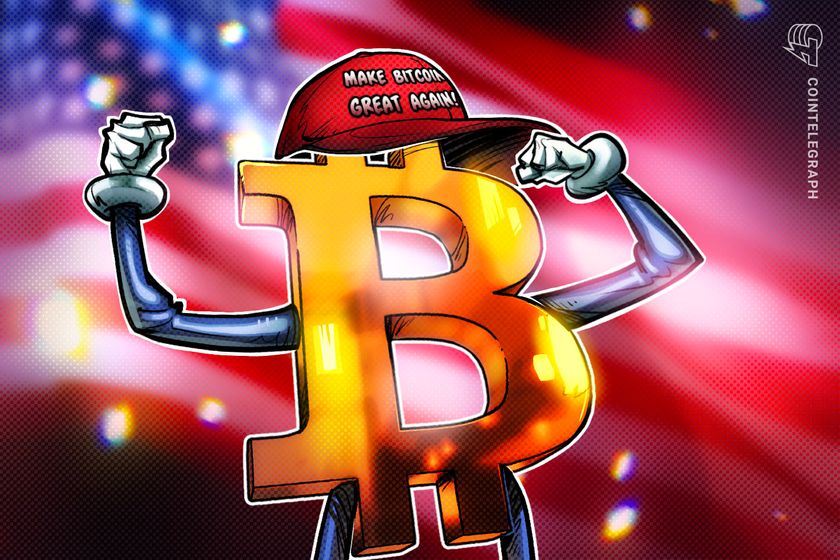
4 bold predictions for Bitcoin in the 2024 presidential election

America is balancing a weakening dollar against an asset with the potential to address many of the financial issues that face a squeezed middle class.
Bitcoin (BTC) first arrived more than three election cycles ago. Yet, the 2024 United States presidential election is the first time that Bitcoin (and crypto more generally) have come close to being regarded as a key election issue. The cult-like advocates for the ideals laid out in Satoshi Nakamoto’s white paper have become an influential subset of single-issue voters, dedicated to the cause despite recent years being marred by a bear market and broader industry turmoil such as the collapse of the once-lauded crypto exchange FTX. Tides have recently turned for the industry and its supporters, with Bitcoin prices holding steady and institutions like BlackRock, the world’s largest asset manager, claiming that Bitcoin is this generation’s store of value. As the election race heats up, the question now remains: what role will this modern form of money play in the future of the world’s most powerful economy?
According to the Fed, only 3% of the dollar’s original purchasing power remains in 2024, leading many developing economies to consider alternatives to the dollar for trade. There are also concerns that current monetary policy decisions being made to avoid recession could actually lead to hyperinflation of the dollar and economic decline. In recent years, the economy has oscillated between periods of explosive growth, catalyzed by loose monetary policy; and teetering on the brink of economic destruction exacerbated by the impending debt crisis. The rising geopolitical tensions and conflicts of the past few years have added further to this volatility.
Such chaos has contributed to an ever-increasing wealth gap, marked by an exponentially wealthier upper class and an erosion of the middle class. Since its emergence, Bitcoin has been regarded by many as a potential hedge against economic volatility for the middle class. Aspirationally, it’s the inflationary-resistant asset that can bring financial independence to the weakening middle class, but the dollar continues to underpin the global economy. The dollar has retained the trust of many retail investors despite its decreasing purchasing power.
Go to Source
Author: Solo Ceesay








